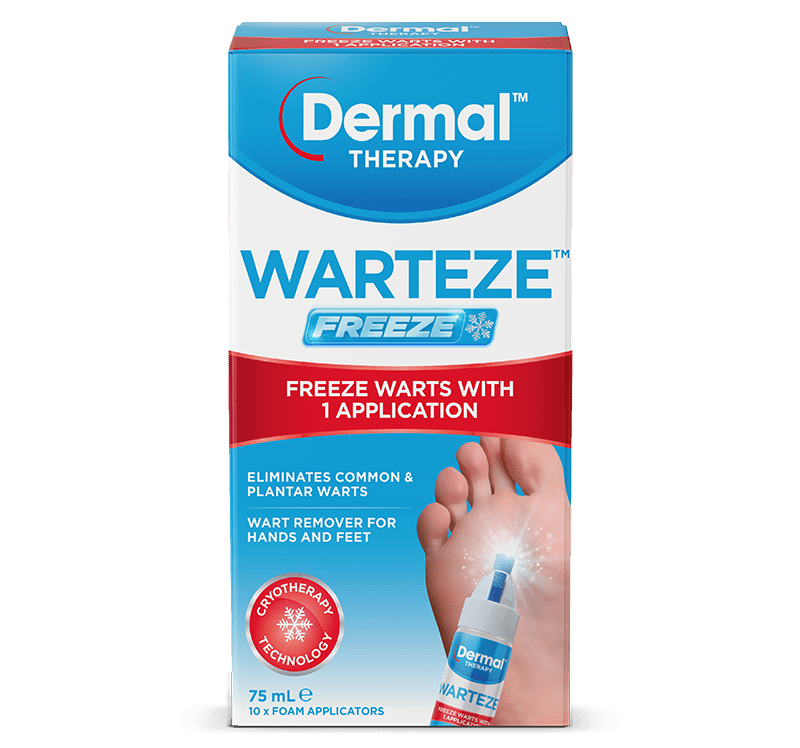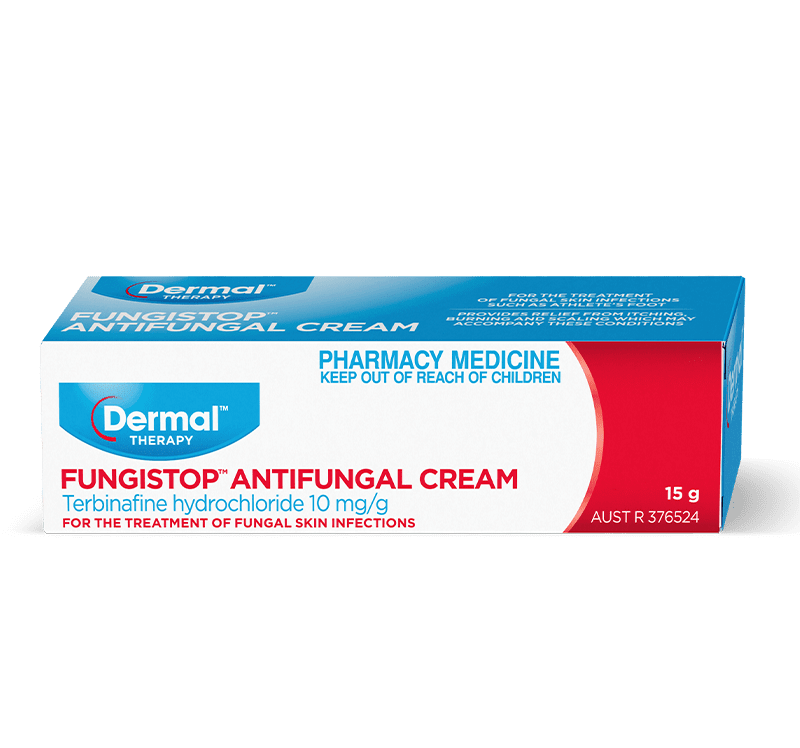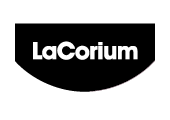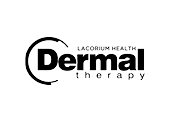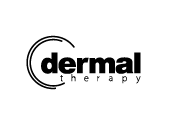How to Prevent Nail Fungus: Top Tips and Best Practices
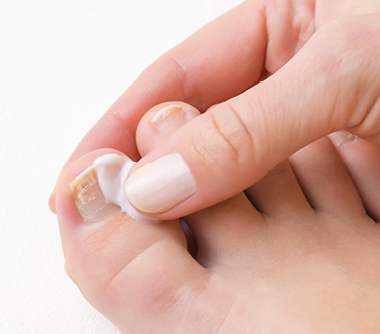
Area
Wart & FungusKey Takeaways:
- Prevent Nail Fungus: Learn how to stop nail fungus before it starts.
- Daily Nail Care: Simple steps for healthy, fungus-free nails.
- Footwear & Protection: How to choose the right shoes and socks.
- Proven Products: Discover clinically proven treatments with Dermal Therapy.
When it comes to fighting nail fungus, prevention can be the best medicine. If you frequently suffer from this uncomfortable and unsightly condition, it can be hard to understand how and why you’re affected by it. But the truth is, there are risk factors hiding in your daily routine – and many opportunities to avoid them. That’s why the dermatologists at Dermal Therapy have compiled this list of top nail hygiene tips to help you prevent nail fungus and develop the healthy, happy nails you deserve.
1. Developing Daily Nail Care Habits
Practicing careful daily nail care is one of the best ways to prevent nail fungus. These nail hygiene tips can help you minimise your risk and maintain overall nail health.
Trim Your Nails Carefully
Use clean, sharp clippers and always trim nails straight across to prevent ingrown nails. These kinds of conditions can create entry points for fungi. Also avoid cutting nails too short, as this can also increase the risk of infection. For thick nails, we recommend soaking them in warm water for 5-10 minutes to soften before trimming.
Clean and Dry Thoroughly
Wash your hands and feet daily with soap and water and consider using a separate, clean towel to dry your feet. Pay close attention to drying between your toes, as this area is prone to moisture buildup.
Disinfect Your Nail Tools
Regularly disinfect your nail clippers, scissors, and files with rubbing alcohol or disinfectant, especially after trimming infected nails. Consider having a separate set of tools for infected and healthy nails to prevent cross-contamination.
Refine Your Daily Routine
Make nail care an essential part of your hygiene routine, just like brushing your teeth. To ensure consistency, set a reminder if needed, especially if you are prone to forgetting. This ensures you get the best results from these simple daily habits.
2. Choose Footwear and Socks Wisely
Selecting the right footwear is essential when it comes to preventing nail fungus. Smart choices can minimise moisture, improve ventilation, and safeguard your feet from fungus.
Select Breathable Shoes
Choose shoes made from natural, breathable materials like leather or mesh. These materials allow for air circulation, which helps keep your feet dry and prevent nail fungus. Try to avoid synthetic, non-breathable materials like vinyl or rubber, which often trap moisture.
Find the Right Fit
Wear shoes that fit well. Not too tight or too loose. Tight shoes can cause friction, pressure, and small injuries, creating entry points for fungi. Properly fitting shoes also improve air circulation around your feet.
Consider Open-Toe Shoes
If the weather is warm and dry or you’re spending the day at home, try wearing open-toe shoes or sandals. They’re a great choice that allows plenty of airflow and help to keep your feet dry.
Use Shower Shoes
Heading to the pool, sauna or gym? Be sure to wear flip-flops or shower sandals in communal areas to avoid fungal nail infections.
Choose Moisture-Wicking Socks
Find some well-fitting moisture-wicking socks made from materials like cotton, wool, or synthetic blends. These socks actively draw sweat away from your skin and reduce moisture.
Change Socks Regularly
Change your socks at least daily, or more often if they become damp from sweat. Pack an extra pair of socks in your bag if you’re planning activities that will make your feet sweat.
Alternate Your Shoes
Avoid wearing the same pair of shoes every day. Instead, alternate between pairs to allow each pair to dry completely between uses, preventing fungal growth inside the shoe.
Clean Shoes Regularly
Clean your shoes often, especially the insides, to remove any fungal spores. Then air them out in the sun or a well-ventilated area. Consider using antifungal sprays or UV sanitisers to disinfect shoes, especially after a fungal infection.
4. Incorporate Natural Remedies
Some natural remedies could complement conventional treatment methods to prevent nail fungus, offering additional support for healthy nail growth.
Tea Tree Oil
Dilute tea tree oil with coconut oil to a concentration of 1-2%. Apply a thin layer to your nails and the surrounding skin using a cotton swab and allow it to dry completely.
Vinegar Soaks
Soak your feet in a solution of one part vinegar to two parts water for 15-20 minutes. Make sure to dry your feet thoroughly after soaking.
Baking Soda Paste
Try mixing baking soda with a small amount of water to form a paste, apply the paste to your nails, let it sit for 10-15 minutes, then rinse and dry thoroughly.
Probiotics
Make sure you’re eating plenty of probiotic-rich foods like yogurt, kefir, sauerkraut, and kimchi, or even consider taking a high-quality probiotic supplement. Probiotics help to support a healthy gut microbiome which could help your body fight off infections.
5. Nail Hygiene Tips for High-Risk Individuals
Individuals with specific health conditions and lifestyles might consider taking additional precautions to effectively prevent nail fungus.
For People with Diabetes
It’s important to understand the link between diabetes and nail fungus. Check your feet daily for any signs of infection, including redness, swelling, or cuts. Maintain good blood sugar control, as high blood sugar can increase your risk of infection. Wear diabetic-friendly shoes that provide ample room and support. Consult your doctor regularly for foot exams. The Link Between Diabetes and Nail Fungus: What You Need to Know
Support For Athletes
Wear moisture-wicking socks and change them immediately after exercise. Allow athletic shoes to dry completely between uses. Disinfect sports equipment and footwear regularly and pay extra attention to hygiene in shared training facilities.
For People with Weakened Immune Systems
Be extra vigilant about foot hygiene and nail care and avoid walking barefoot in public places. We recommend talking to your doctor about ways to further reduce your risk of infection. Consider using preventative antifungal treatments as recommended by your doctor.
For more insights and prevention strategies, explore The Complete Guide to Nail Fungus Treatment.
6. Consider Dermal Therapy Fungistop 3-in-1 Nail Treatment
Dermal Therapy Fungistop 3-in-1 Nail Treatment is a clinically proven topical treatment that can help to prevent nail fungus, eliminate infections and promote nail health. Its unique formulation, including urea, aloe, tea tree and eucalyptus oils, penetrates the nail, targets the source of infection, and provides relief from symptoms like thickening, discoloration, and brittleness.
Armed with these essential tips, best practices and remedies, you’re now prepared elevate your nail care and live fungus free. When you need extra support and a trusted, clinically proven formulation, consider Dermal Therapy Fungistop 3-in-1 Nail Treatment.
References:
- Webmd.com – Ingrown Nails: Symptoms, Treatments, and Prevention
- Healthline.com – Thick Toenails from Toenail Fungus (Onychomycosis)
- Betterhealth.vic.gov.au – Choosing the right shoe
- Menshealth.com – The 16 Best Moisture-Wicking Socks in 2024, Tested by Editors

